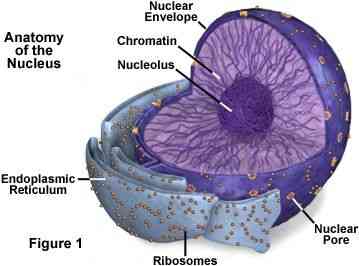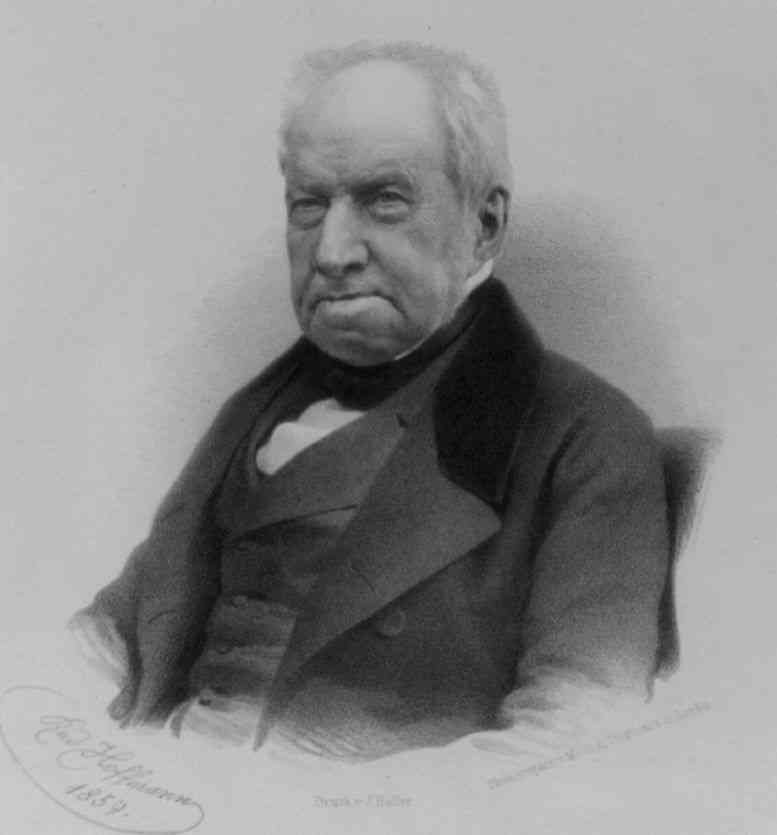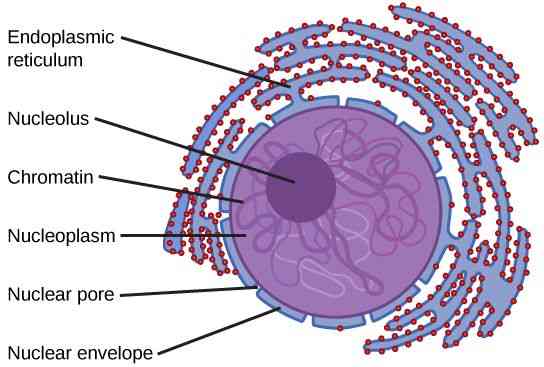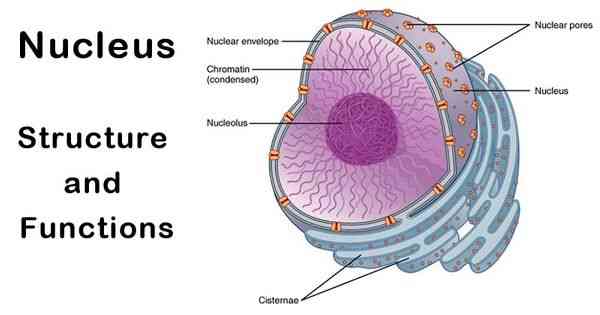The nucleus is a highly specialized organelle. It is a membrane-bound organelle found in eukaryotic cells. It is a critical part of cells. Usually, eukaryotic cells have a single nucleus. But there are a few types of it; for instance, mammalian red blood cells have no nuclei.
On the contrary, osteoclasts have many. The nucleus is a concentrated, opaque, membranous spherical or elliptical living part of the cytoplasm of eukaryotic cells. Thus it is called “The heart of a cell.”

A Brief History:

The word “Nucleus” is derived from the Latin word “Nex-nut,” meaning kernel or seed. Nuclei are used to refer to a single form of nucleus. It is the very first organelle to be discovered. The nucleus was discovered by English scientist Robert Brown in 1831 while examining the leaves of Rasna [kind of orchids]. Before the discovery of Robert Brown, the nucleus was also described by Franze Bauer in 1804. After that, Matthias Schleiden proposed that the nucleus plays a role in generating cells in the year 1838.
Matthias believed that he had observed new cells assembling around ‘cytoblasts.’ Other scientists were also proposing new ideas about the nucleus. Nucleus’s function remained unclear for a long time. After mitosis division was discovered, the Mendelian rules were rediscovered and the function of the nucleus as a carrier of genetic information became apparent at the beginning of the 20th century. [1]
Number and Size:
Every cell usually has a nucleus. But some algae (Botrydium, Sphaeroplea) and fungi (Penicillium) have a large number of nuclei. Such a structure with many nuclei is called cenocyte. In most cases, the nucleus is round, elliptical, disc-like or branched. In mammalian cells, the average diameter of the nucleus is approximately 6 micrometres (µm). It should be noted that the stem cells do not contain a well-formed nucleus.
Position and Volume:
The nucleus is commonly located at the center of a cell. But when the cell cave is large, the nucleus moves to one side of the cave. Typically, the nucleus of a cell covers 10 to 15 percent of its total volume.
Structure:

The chemical components of the nucleus are mainly proteinsand nucleic acids. Histone or proteinaceous proteins, deoxyribonucleic acid or DNA, small amounts of ribonucleic acid or RNA, a number of coenzymes, co-factors, acetylates, and various types of phosphate. The best time to test the physical structure of the nucleus is the moment before cell division. The following four parts are seen in the nucleus at the interface stage just before cell division:
- Nuclear Membrane: The nucleus is covered by two membranes; the outer membrane and the inner membrane. The two membranes together are called the nuclear membrane. The primary function of the nuclear membrane is to maintain the nucleus.
- Nucleoplasm: Nucleoplasm is basically made up of proteins. It looks a lot like jelly, semi-liquid or granular. It controls the biological functions of the nucleus.
- Nucleolus: The nucleolus is a small, round, bright, and relatively dense object located inside the nucleus. The nucleolus is usually attached to a specific location on a particular chromosome. The nucleolus acts as a reservoir of nucleic acids, creating ribosomes, and synthesizing proteins and RNA.
- Chromatin Fibre: The spiral-like twisted yarn structure located in the nucleoplasm is known as chromatin fiber or nuclear reticulum. It basically contains DNA, RNA, synthesizes proteins, and controls all the synthetic activities and cell division of the cell.
Functions:
- The nucleus keeps the cell alive by controlling all the biological functions of a cell. This is why it is called the heart and the brain of the cell.
- It actively participates in karyokinesis through mitosis and meiosis.
- The genetic control of an organism occurs through the nucleus.[2]
References :
[1] Wikipedia, Retrieved From : https://en.wikipedia.org/wiki/Cell_nucleus
[2] Gazi Azmal, 2016, Cell and its structure, Gazi Publishers


